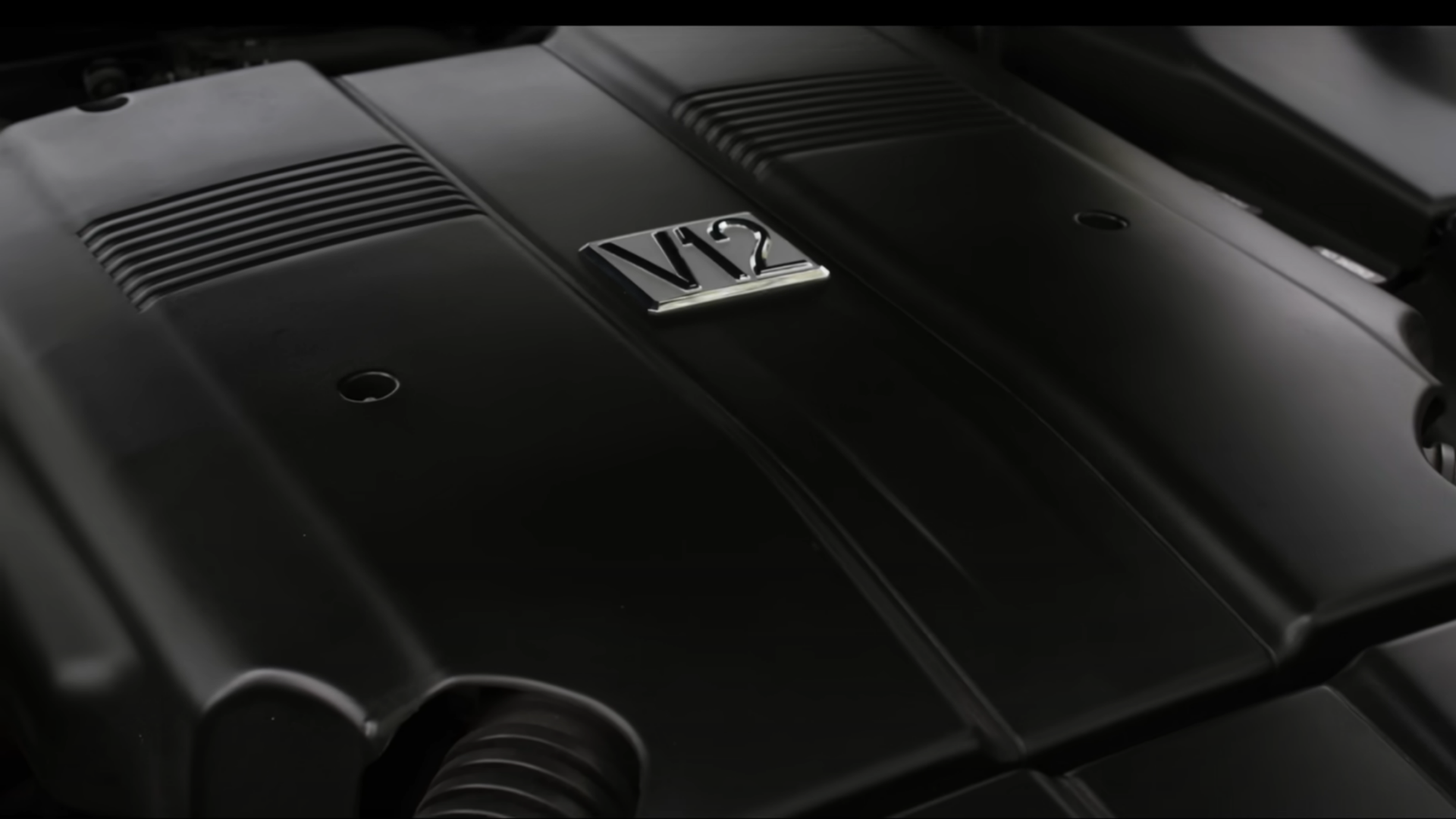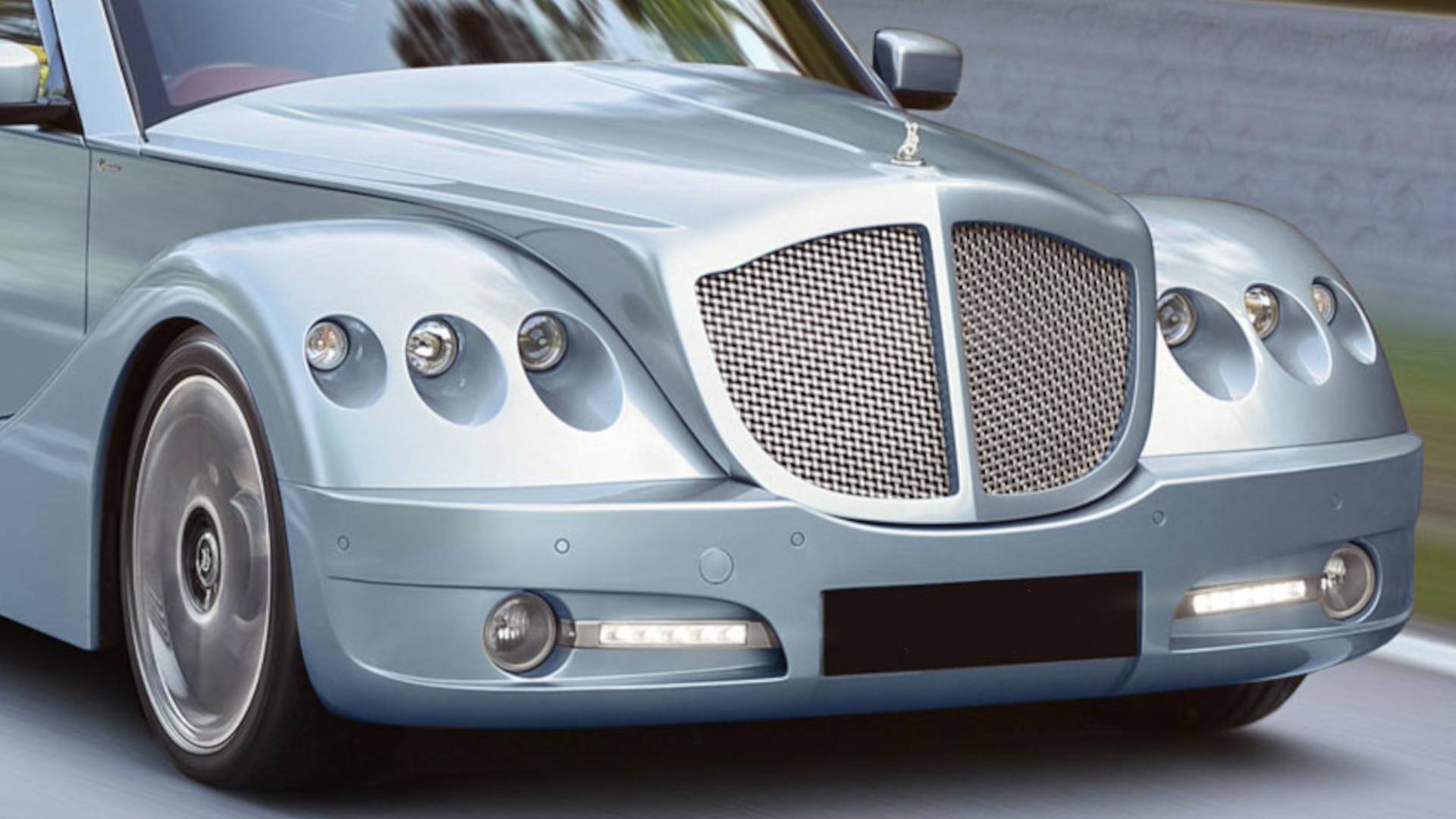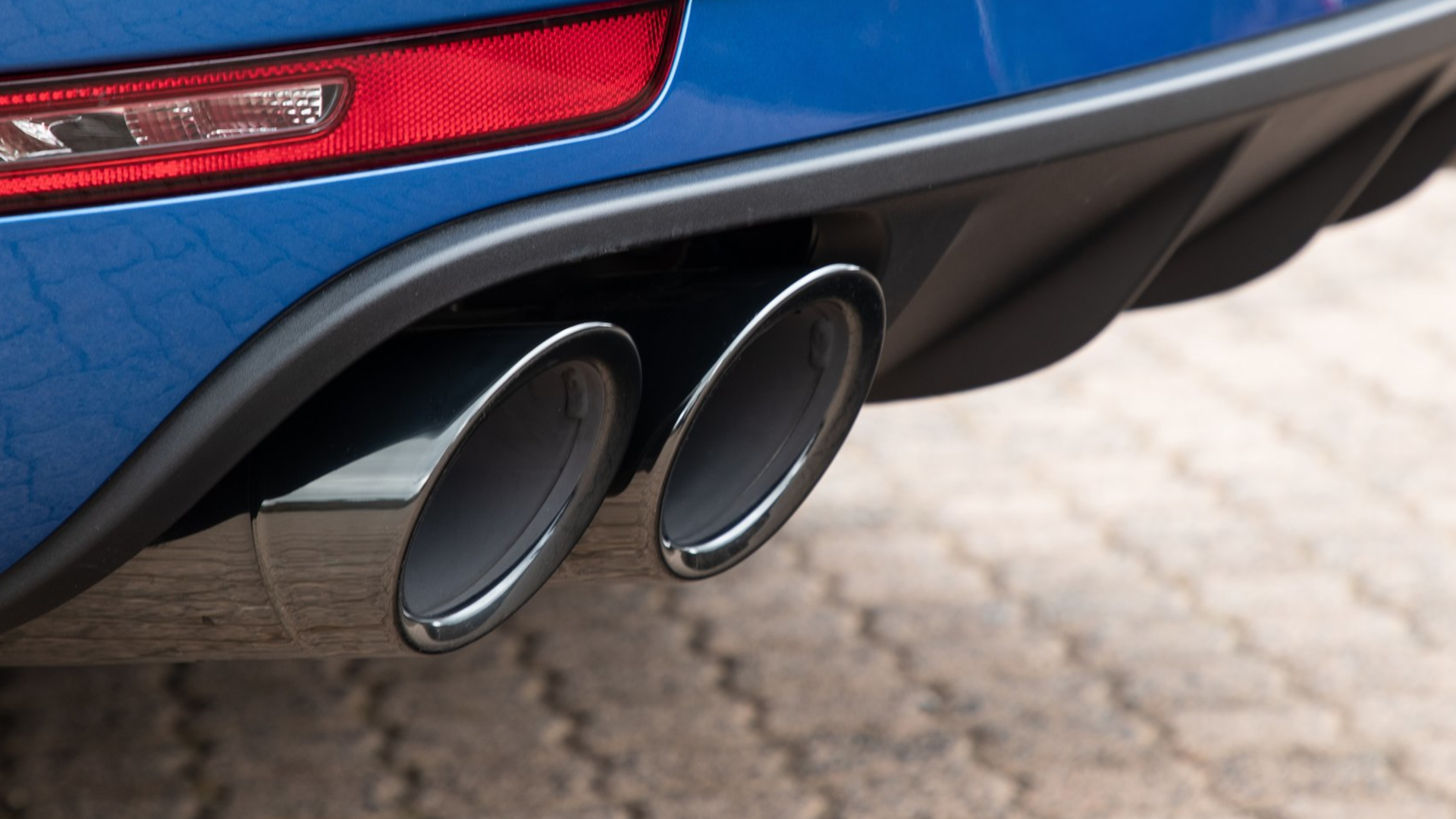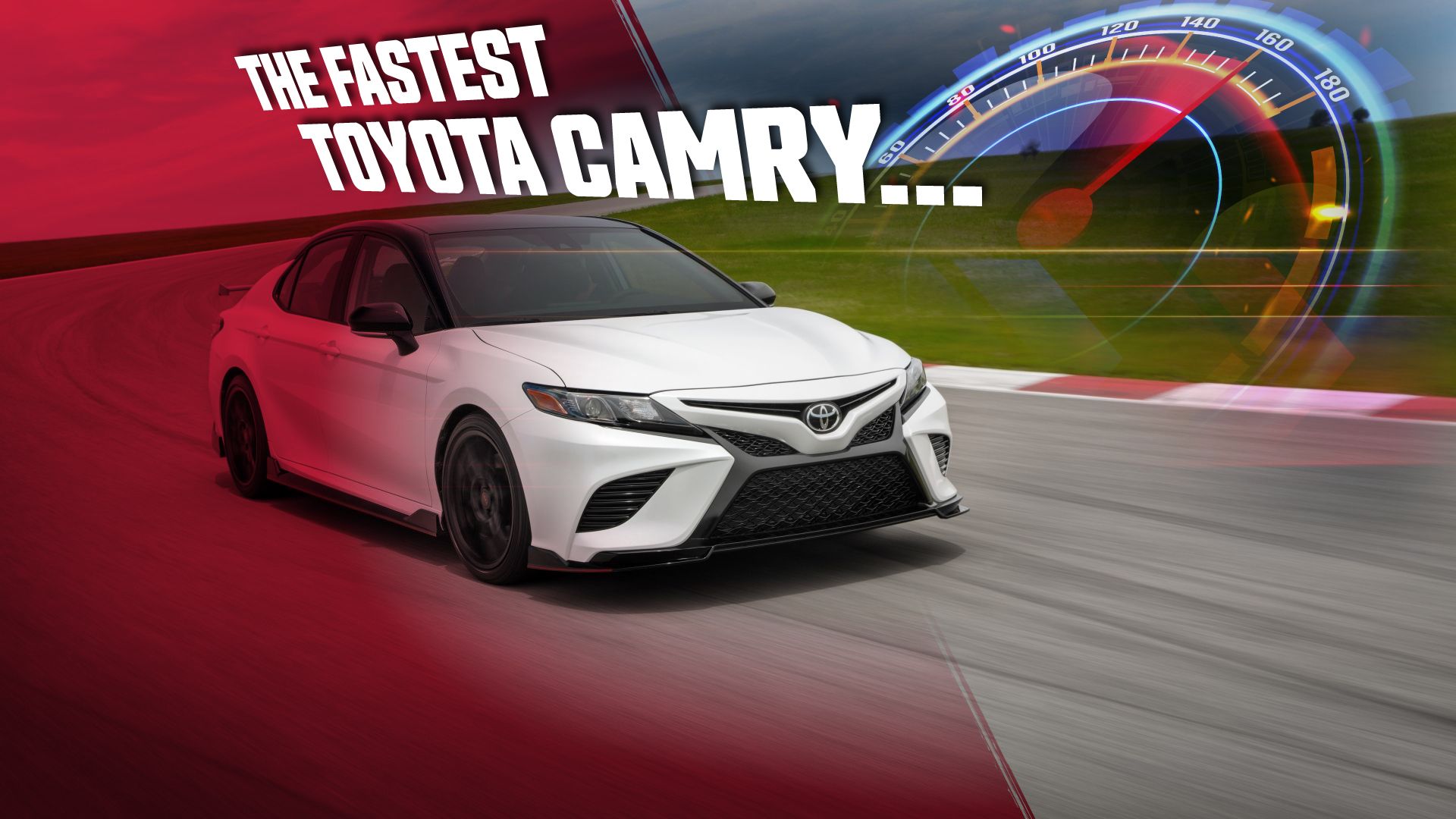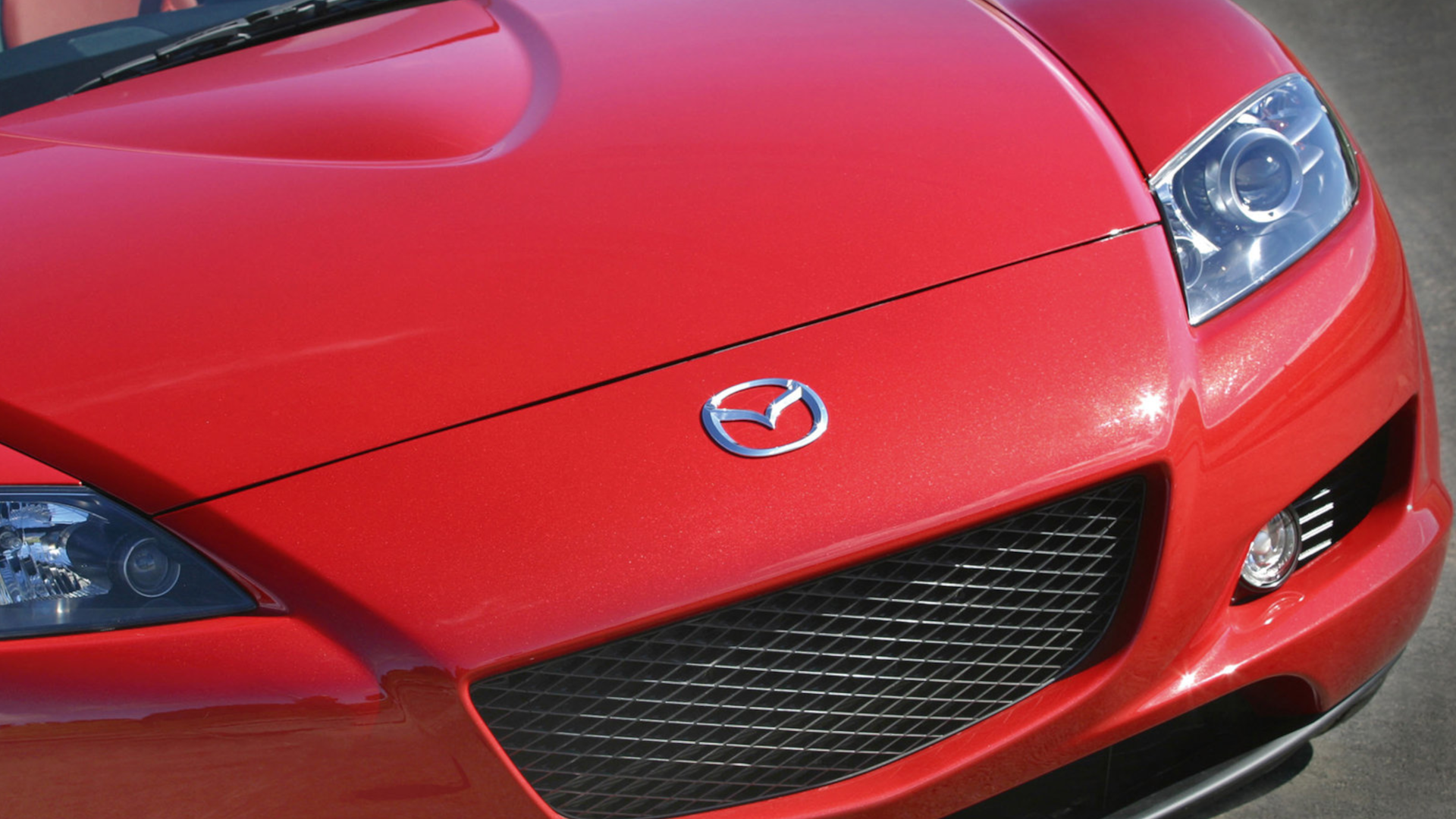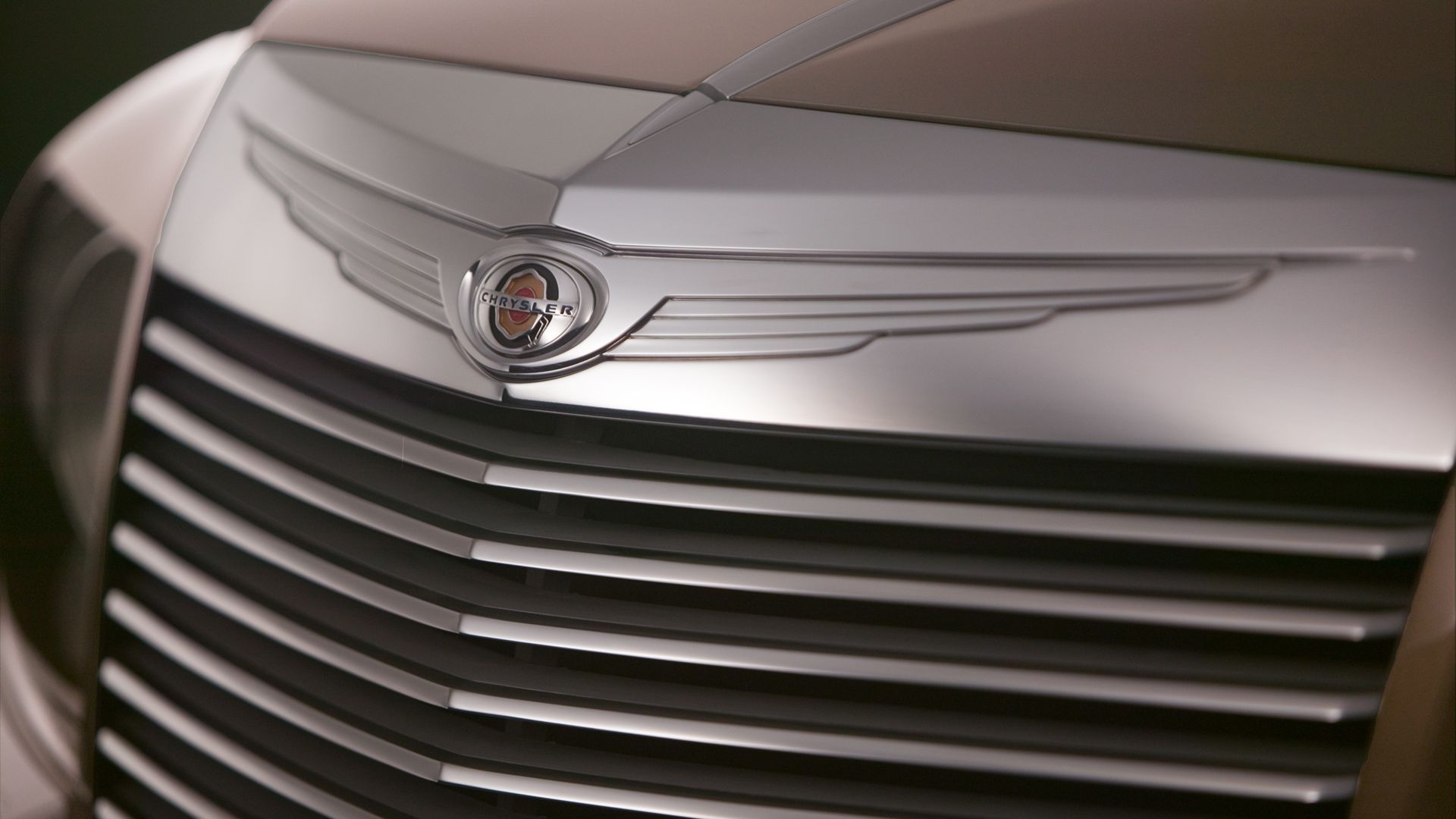Quick Links
-
Specs & Features Of The Second-Generation Toyota Century
Over the course of automotive history, there have been several brands that have gained near-worldwide fame. Volkswagen, General Motors, Ford, and Mercedes-Benz are a few that come to mind, all of which have a century –or close to it – of success in the world market. Of course, another automaker that’s achieved such a large level of success is Toyota. These days, the Japanese automotive giant is the largest marque in terms of total worldwide sales volume.
Many famous brands can attribute some of their success to the engines they’ve produced. For example, General Motors owes much of its fame to engines like the iconic Chevrolet small-block V8 and the Buick 3800 V6. Ford had their 4.6-liter Modular V8, seen in loads of models like the Ford F-150, and Mercedes-Benz produced one of the most reliable diesel engine families ever made, the OM-series. Toyota’s famous engine list is long, but one Toyota mill that’s often forgotten about is their V12.
Only a single version was ever mass-produced throughout Toyota’s entire life, and it only saw use within one model: the second-generation Toyota Century.

Available Models
Toyota
- Founded
-
August 28, 1937
- Founder
-
Kiichiro Toyoda
- Headquarters
-
Aichi, Japan
- Owned By
-
Publicly Traded
- Current CEO
-
Koji Sato
12 Cylinders Of Ultra-Luxurious Oomph
Key Facts About Toyota’s Only Mass-Produced V12
- Introduced in 1997
- Carries the codename “1GZ-FE”
- Only offered in the second-gen Toyota Century
- Set up for ultimate comfort and durability
- Axed following the 2017 model year
Following the first-gen Century’s discontinuation in 1997, Toyota was ready to unveil its replacement immediately. While the then-new model received styling that was, basically, just an updated version of the first-gen’s looks, the Century was totally re-designed underneath its elegant skin. Its engine, a 5.0-liter V12 unit, was also brand-new at the time, and was slated to replace the Century’s long-standing, exclusive V-series V8 engine.
The new mill, coined 1GZ-FE, was a complete clean-slate engine design, meaning it bears no resemblance to any other Toyota-built engine produced at the time. Because the Century was meant to ferry VIPs about, the 1GZ-FE was built to be as robust in its operation as possible, hence Toyota’s decision to up the Century’s cylinder count from eight to 12. As many of you may know, typically, more pistons equals a smoother-running engine with the added benefit of more power.
On top of its buttery-smoothness, the 1GZ-FE was also built to be as tough as possible because, of course, ferrying the emperor about is a serious task, and you can’t have your flagship sedan breaking down on him, now, can you? Inside the 1GZ-FE’s underpinnings lies a pair of ECUs that control each bank of cylinders independently. This means that, should a malfunction occur, the 1GZ-FE can run on just one bank of cylinders while the other can be completely idle, or even non-functional.
The 1GZ-FE’s Developmental History
When the plans for the then-new 1GZ-FE V12 were being drawn up, Toyota had a set of tenets that the new mill needed to strictly adhere to in order to be considered satisfactory. A smooth-running operation was placed above all else, with peerless reliability following closely behind. In order to facilitate both of these aspects, Toyota’s hand-picked engineers working on the 1GZ-FE project gifted the V12 a 48-valve valvetrain in order to get the most power out of the engine.
However, to make sure the mill was as reliable as can be, it was heavily detuned with a horsepower rating of just under 280. A 5.0-liter V12 with 48 total valves could, potentially, produce much more power than that, but that’s not the point of the dignified, ultra-luxurious Century. The point is to get whichever VIP is sitting in its well-appointed rear cabin to and from their many obligations as effortlessly, reliably, and comfortably as possible.
Specs & Features Of The Second-Generation Toyota Century
Yes, the second-gen Toyota Century’s V12 may seem to be woefully underpowered, but there was an important aspect of the Japanese automotive business in effect at the time of the 1GZ-FE’s development. It was called the Gentleman’s Agreement, and it ensured that all major Japanese automakers limited the horsepower ratings of the vast majority of models to just 276 horsepower. However, numerous mills produced at this time, including the 1GZ-FE, reportedly produced much more power than their “official” outputs would suggest.
As for the rest of the second-gen Century, its underpinnings are, of course, set up for ultimate comfort and durability. Its transmission was a four-speed automatic belonging to Toyota’s A-Series of gearboxes until 2004. In 2005, a new, six-speed automatic replaced it. Rear-wheel-drive was the sole drivetrain offering, and its fully independent suspension is a complex air-ride system that was set up with comfort in mind, with no air (pun intended) of performance about it.
The system is adaptive, and is tailored to both low-speed comfort and high-speed handling, should a head of state find themselves in a sticky situation. According to some, the second-gen Century handles itself quite well at high speeds, better than most other full-size luxury sedans whose curb weight measures over 4,000 lbs.
We’ll break down the Toyota Century’s detailed engine and performance specs in the table below:
|
Engine Details |
5.0L NA V12 |
|---|---|
|
Power |
276 hp |
|
Torque |
340 lb-ft |
|
Top Speed |
112 mph |
|
Curb Weight |
4,238 lbs |
|
Overall Length |
207 inches |
*Specs courtesy of Toyota
Interior
As you rightfully guessed, the second-gen Toyota Century is chock-full of luxurious amenities not found in many other models produced before, then, or since. For starters, the Century is set up with the rear passengers in mind, rather than the front, as is the usual case with most other vehicles. Its velour rear seats recline, and a fold-down pass-through is present on the front passenger seat that allows the rear seat passenger to put their feet through. Its doors and trunk feature an electronic soft-close feature, to not disturb its occupants.
The exterior of the Century is designed to be discreet, but still striking enough to let passers-by know that whoever is seated in the rear of the Century is quite an important person. In Toyota’s official marketing campaign, the Century is supposed to embody hard, consistent, and dedicated work over a lifetime that doesn’t require recognition. In other words, the Century is a way to convey to the world that you’ve got money, but aren’t interested in showing it off.
The Century As A Whole
The Toyota Century as a whole was introduced in 1967. At the time, Toyota was interested in producing a flagship sedan that offered both more room and dignity to its prospective buyers than the Toyota Crown, a model that served as the brand’s flagship sedan up until that point. Not to mention, Toyota was bent on producing an ultra-luxurious model that could be used by prominent figures in Japanese society, including politicians, heads of state, and even the emperor.
In total, three generations of the Century have been produced over the course of its 58-year tenure, with the first-generation spanning a whopping 30 years. The current generation was unveiled in 2018, and took on the Century’s timeless style and injected some much-needed modernity. There’s also a new Century SUV, unveiled in September 2023, that’s currently for sale.
However, while it’s clear Toyota is trying to rival other brands like Rolls-Royce and Bentley with the Century SUV, the original Century sedan still sits in a class all its own, V12 or not.
Sources: Toyota

